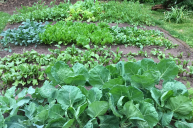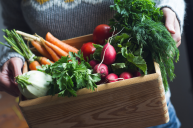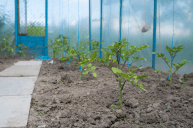With fall comes apples and pumpkins — the quintessential fruit and vegetable of the season. While these are certainly delicious, there are actually so many fall vegetables to grow in your garden. It's the season of delicious roasted vegetables, hearty soups and chilis, and warm comfort food — so get your garden prepped and reap the benefits all autumn long!
For all of the following vegetables, be sure to check out your growing zone and potential frost dates as most vegetables need to be planted a certain number of weeks before the first frost!
Brussels Sprouts

iStock/Getty Images
Depending on your climate, you'll want to pay attention to the first frost date. Brussels sprouts take around 80-120 days to mature, which can be off-putting for gardeners in northern climates. Thankfully Brussels sprouts can survive light frosts in early winter.
Acorn Squash

iStock/Getty Images
There's nothing quite like an oven roasted (or air-fried) acorn squash. Plant your acorn squash seeds in the late summer when there's still some warmth in the air (about 70-90 days before first frost).
To plant acorn squash, add 4-6 seeds in small mounds (just like you do with pumpkins). Keep up with regular garden maintenance and you'll be able to harvest your squash in no time!
Beets
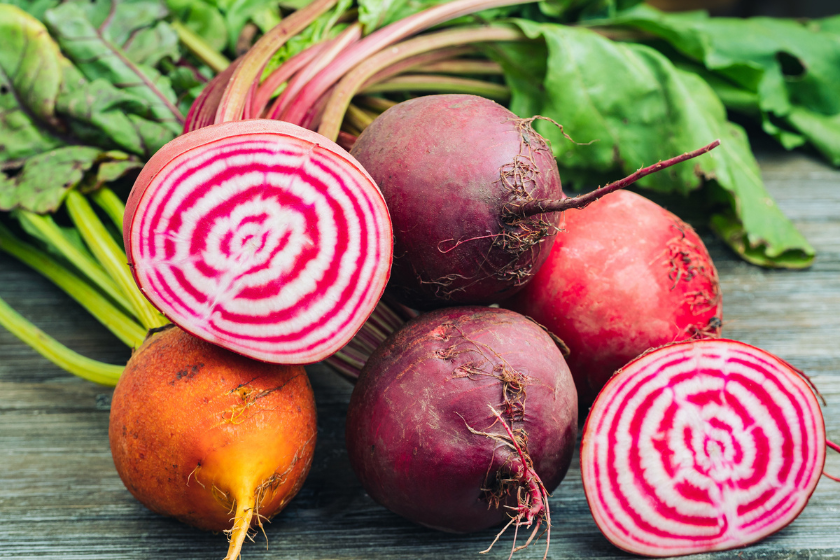
iStock/Getty Images
I once heard beets called "nature's candy" — and that person wasn't wrong! Their sweet, earthy flavor is delicious and perfect for adding into warming and comforting fall dishes.
Beets are cold tolerant, so there is a lot of flexibility with the planting date. Just be sure to keep their soil moist and take care of the plant by taking leaf cuttings to help "thin out" the area of growth.
Turnips

iStock/Getty Images
Add turnips to your next root vegetable roast — you won't be disappointed. Growing and caring for turnips is similar to many other root vegetables. Plant in late summer for a fall harvest — and keep an eye on the turnip top peeking out from under the dirt. This will help you determine if the veggie is ready for harvest!
If you're considering rutabagas (a relative of the turnip), they have a long growing period and will need to be planted earlier in the summer.
Potatoes
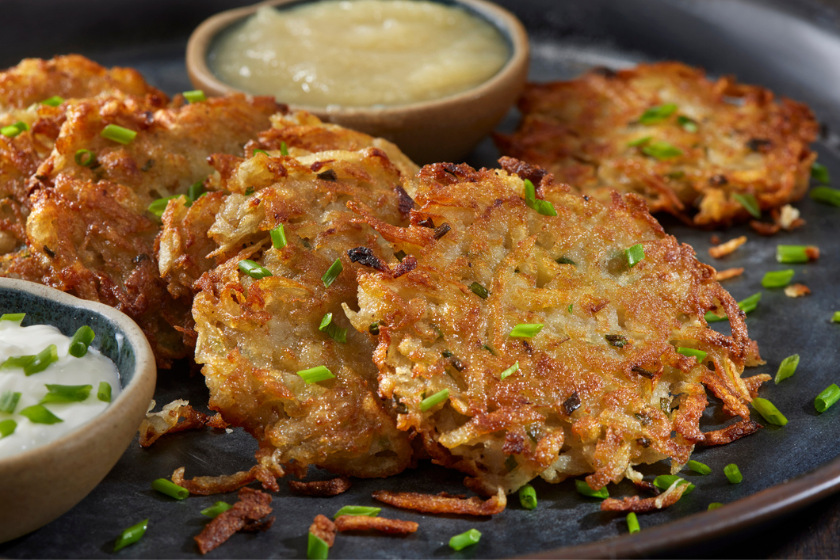
iStock/Getty Images
What is fall without mashed potatoes at every family meal? Whether you live in a small space and are using the 10-gallon bucket method, turning your forgotten potatoes into a new plant, or starting with seed, this is an easy addition to your fall garden.
Potatoes need rich soil to grow well, so be sure to prioritize soil quality when planting. When it's time to harvest, get ready to get your hands dirty finding them underground!
Radishes
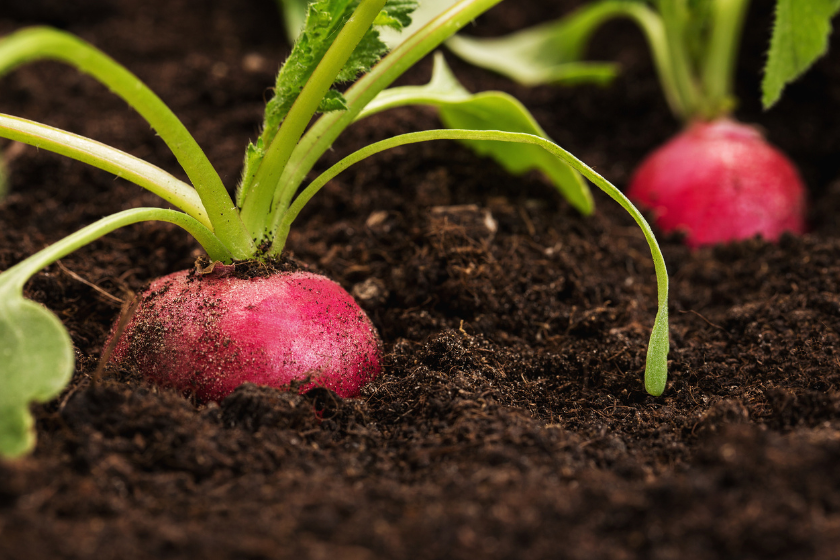
iStock/Getty Images
Radishes are a quintessential fall vegetable, perfect for an afternoon snack or to add to a delicious winter salad. This vegetable is notoriously easy to grow. Fit in a radish seed between other vegetables or really anywhere you have space. Keep in mind that they do need quite a bit of direct sunlight — about 6 hours — to produce a delicious root!
Arugula

iStock/Getty Images
Arugula may be the best salad green. Its peppery flavor brightens any salad (or sandwich) and it's also a perfect addition to your fall garden.
This salad green is very sensitive to hear, so make sure those sweltering hot days are long gone before you plant. Once they've grown and are ready for harvest, start with the outer leaves and work your way inward — then enjoy!
Cabbage

iStock/Getty Images
Cabbage is such a versatile vegetable. Whether grilled, fermented, or just eaten raw, it's a great addition to any meal. Cabbage needs to be started in cooler temperatures (but not too cold) and requires a lot of nutrients, so consider utilizing your home compost for your cabbage crop.
Choose your favorite variety and start planting! Cabbage is ready to harvest when the heads are firm.

